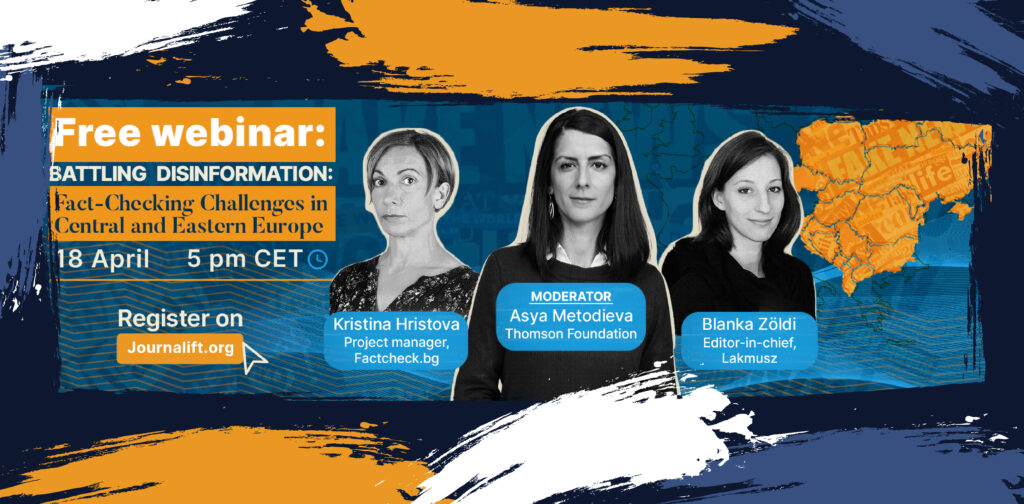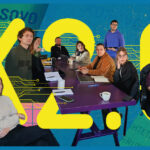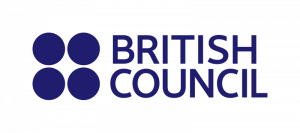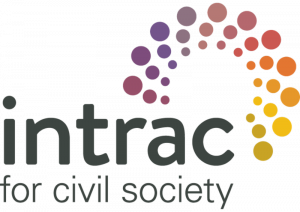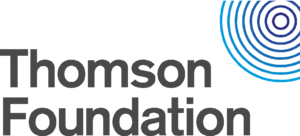Over the last decade, digital technologies have transformed much of the media industry. Advances in technology have forced media companies to find new ways to create, market, promote and distribute their media content. And especially how to charge for that content.
Readers/viewers themselves have changed – they have become much more promiscuous in the consumption of media content, not being able to frequently change the media they consume, as well as the channel through which they receive media content.
All of this puts a lot of pressure on media companies. They have no choice but to embrace digital transformation and digitize numerous aspects of their business.
The biggest challenge of any digital transformation is to evolve its business model. Not many companies globally manage to do that.
The media – if they want to survive in a new world in which users are in focus – must learn to innovate and seek new business models, opening new channels of monetisation of their content.
Also, a few media today can afford only one model of monetization – eggs are placed in multiple baskets, creating hybrid models of monetization.
This fact is particularly painful for classical media outlets that have somehow accepted (with more or less success) to sell advertising space. Today, however, that is no longer enough. Especially for local media, that are doomed (or life in suffering slowly heading for ruin) if they dream of creating significant advertising revenues.
We live in a time of experiments. It's OK to try something new and fail. But it's important to try, ideally with as little resources as possible, especially time.
Only through a series of attempts can you come up with a combination of different sources of income – the times when one model worked for everyone is far behind us. Welcome to the time of hybrid business models.

Business models
Let's look at the simple definition of a business model, since this article will talk a lot about it. Business model is a term that explains how business delivers and retains value to its clients and itself, and how it provides funds to finance its business.
Subscription
Being one of the oldest business models in the media industry, it emerged when print media was at its peak, and digital distribution has not yet been considered as a serious possibility. With the advancement of digital technologies, different possibilities have emerged to monetize the subscription, and we will process some of the most popular ones.
Freemium
Freemium is the business model of a vast number of Internet services (Skype, YouTube, etc.) and the media industry has accepted it as the default option to monetize Internet editions. In essence, access to basic content is fully available, while access to additional (premium) content is charged.
The model is based on the media company's continued efforts to convert as many people as possible through the marketing and sales process (and relationships with readers) to become "premium" users who pay for it, and the media from that revenue covers the cost of doing business for the entire number of users.
Paywall
Instead of continuous free access to basic content, paywall media is asking visitors to register and pay a subscription so they can access digital content.
There are two basic implementations of paywall:
- Softwall (Soft Paywall, Metered access), when the reader can read a certain number (mostly 3 to 5) articles for free in a defined time period (day/month/week), and then be asked to pay for a subscription for further access to any content
- Hardwall, when the reader can't access any content, but the system immediately asks him/her to subscribe
The implementation of Paywall is generally more technically challenging and it is expected that there is a possibility of online payment (payment cards).
Membership
A model very similar to a classic subscription, with one important difference – "members" feel a kind of expressed affiliation with the group, share a vision/mission with the media and generally want to associate (publicly or secretly) with editorial policies and topics that the media processes.
The benefits of belonging to a group can be purely altruistic (association), but they can also provide some sort of intangible value (access to a part of a site or group only for members) or even material values (objects demonstrating belonging to a group).

Advertising
The monetization model that most media outlets use, or at least provide some kind of source of revenue by habit. In addition to the most banal implementations of this monetization model (through classic banners and advertisements), there are more sophisticated ways to enable businesses and individuals to advertise their offer on the media site.
Advertisements and sponsored PR articles
Digital media has brought new possibilities to the world of advertising, so that readers can be tracked and profiled, and be served advertisements that seem to be relevant to them (and they will click on). Each media should have a defined advertising policy, i.e. defined types of advertising and their price list.
Virtually every media sells an advertisement at some point of its existence. Media financing is quite difficult to base exclusively on classic advertising (although it is not impossible, especially if you are a larger media or have a specific niche to cover), but there is no reason why the media should not be prepared to have a ready offer in case of business interest in the classical advertising space. Interestingly, a large number of local media in the Western Balkans do not have an offer of this type.
The same applies to sponsored (or paid or PR) texts – you are almost certain to receive a query about how much it costs to place (or create/prepare) an article for a company or organization. It is also good to have public information about this – whether your media agrees to this type of monetization and under what conditions. This type of monetization gains prominence especially with an increase in the number of podcasts, for which this type of monetization is quite common.
It should also be noted that in recent years, different types of advertisements and channels on which they are based have been combined, with the aim of exposing the reader/viewer /listener (i.e. potential buyer of an advertised product) to the advertised brand using the so-called Omni-channel marketing approach. Such campaigns are more complicated, combining different channels (e.g. media site for sponsored texts, YouTube channel for video advertising marketing and online newsletter media bulletins), and are not often used in the context of local media.
Small Ads (Classifieds)
Small ads were a gold mine of classical media until Craigslist's online services in the 1990s almost completely destroyed them. The monopoly on the communication channel to users is thus lost, but by embracing digital technologies and using still highly visited news sites, the media has the opportunity to create a relevant for-profit centre through specialized services for small and business advertisements.
Examples of such services are advertisements for jobs, real estate, death certificates, etc. This model of monetization is highly applicable when it comes to local media.
Affiliate
This monetization model enables the media to function as some kind of sales agent for a company's products or services. By placing advertisements (or other materials) on a media site, the media makes money every time readers click on an advertisement (link) and on the company's website buy a product (or perform the desired action).
This model of monetization is extremely popular in the west, but in the Western Balkans region it has never lived long enough (although there are companies that offer this kind of cooperation).

Donations
As the name suggests, this model of monetization is based on collecting donations from readers/viewers/listeners. It implies that the media has a strong support base that shares media values and is ready to support it financially. Donations can be anonymous or public, and can be collected either continuously (donate page/button on the media site at all times) or for specific activities that require support (equipment, web infrastructure, content production, etc.). The very value of an individual donation can be either fixed (defined by the media and equal to all), or Pay-What-You-Want access can be applied.
The implementation of donations implies some kind of integration of technological services, i.e. implementation of online payments (cards or something like that), and in case there are no already finished solutions, the media must do integration with the payment system.
Merchandise
Creating a collection of physical objects that are somehow associated with the media is the essence of this model of monetization. Whether it's T-shirts with the name of media printed on them, mugs with photos associated with media, celebrity labels, or digital assets (NFTs) depends on the type of media and of course the target group of followers. Of course, the way of communication depending on the type of media (TV, radio, web) is different, but nowadays there is a high probability that whatever medium is primary for media, communication and sale of physical (or digital) items will occur over the Internet. Nor should we forget the fact that even in this model of monetization there is a need for a stronger connection between the media and its audience, because an individual through the carrying or consumption of objects created by the media demonstrates their connection or support.
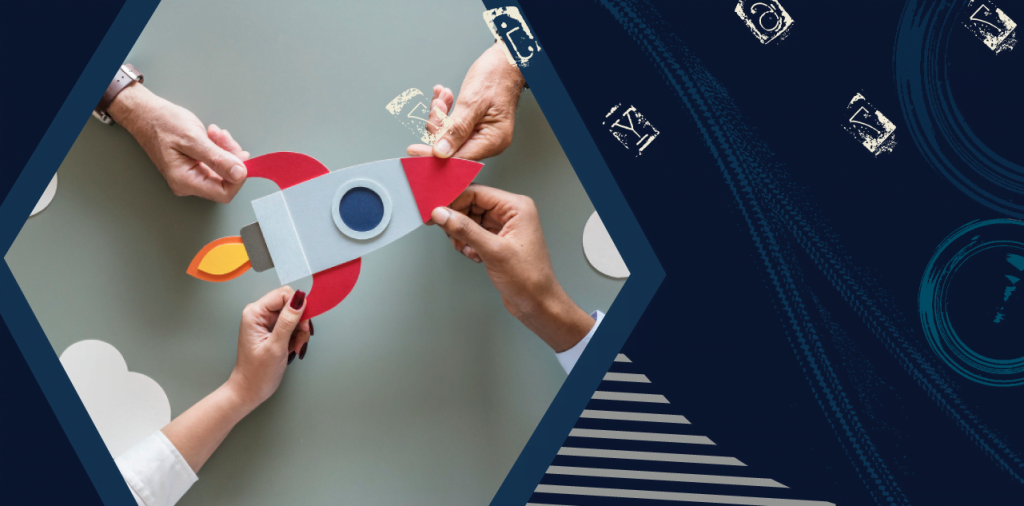
Crowdfunding
Over the past 5+ years, the group funding model has experienced (after global) local popularity in the Western Balkan countries. The results of this popularity are also a growing number of media reaching for this model of monetization, which shares a lot with the donation model, even though it has its own specifics. These specificities are primarily reflected in the fact that the implementation of group funding generally requires an external platform on which the campaign is created (most famously Kickstarter.com, Indiegogo.com, Donacije.rs in Serbia).
The model works by creating a campaign of its own on the platform, which has a defined goal and theme, and is described in great detail. After the creation of the campaign, a promotional campaign begins, which aims to get as many individuals as possible to hear information about the campaign and come to a page where it can support the media by participating in group funding.
Typical of group financing is that individuals can support a media with different sums of money (or in some cases without financial donations, but through internet activities), and that depending on the financial support they provide, they receive some kind of material (T-shirt, hat, toy, etc.) or intangible (NFT, media service subscription, etc.) gifts.
This monetization model can be successful, but it cannot be used often – that is, the media must plan the campaign well and allocate funds for functioning over an extended period of time.
Online Sales (Retail/Marketplace)
Digital media has begun opening online stores as an attempt to take advantage of the significant amount of traffic (its readers) visiting their websites. Depending on the type of media, these online stores offer consumer goods (typically larger media with national or at least regional coverage) or specialized products (for media covering a particular niche or specific local market).
The operations and logistics required for this monetization model can be a significant challenge for the media, since online sales also have its own physical component (which can be partially digitized) – issuing accounts, communicating with suppliers and customers, packing and sending shipments, resolving complaints. It should be noted that these are serious business processes and that the media often have great challenges to deal with without creating or engaging a team of people who are engaged exclusively in this business.

Event/Experience
Organizing events (conferences, promotions, round tables, etc.) can be a good addition to the primary media focus. Expertise and contacts related to a particular social topic (politics, ecology, business, finance, etc.) can be used to organize events that are monetized through sponsorship sales or by charging fees.
Realization of quality events often requires expertise in the "event" industry, and media that want to go down this path must develop internal capacities or seek external support for the realization of events. The pandemic has severely affected the "event" industry, and the organization of online events and the existence of the IT infrastructure for realization has become necessary for this model of monetization.
Additional sources of income, i.e. an additional model of monetization, are extremely important for the sustainability of the media in today's world. If the media functions on enthusiasm and does not consider monetization an important aspect of the media business, it can impair the long-term sustainability and mission of the media. This usually happens when founders and employees still realize they need money to feed their families.
Also, a media that has not implemented some of the monetisation models and ensured financial independence is more susceptible to external influence and pressures.
In the case of imminent financial unsustainability as a result of the lack of a model of monetisation, such media has great potential to either shut down or accept financial support in exchange for something.
Capitalism is the system we live in, whether we like it or not. The media is business. Every business has to find its own business model. In order for the media to be truly and long-term independent, implementing one of the monetization models has become an imperative.

















